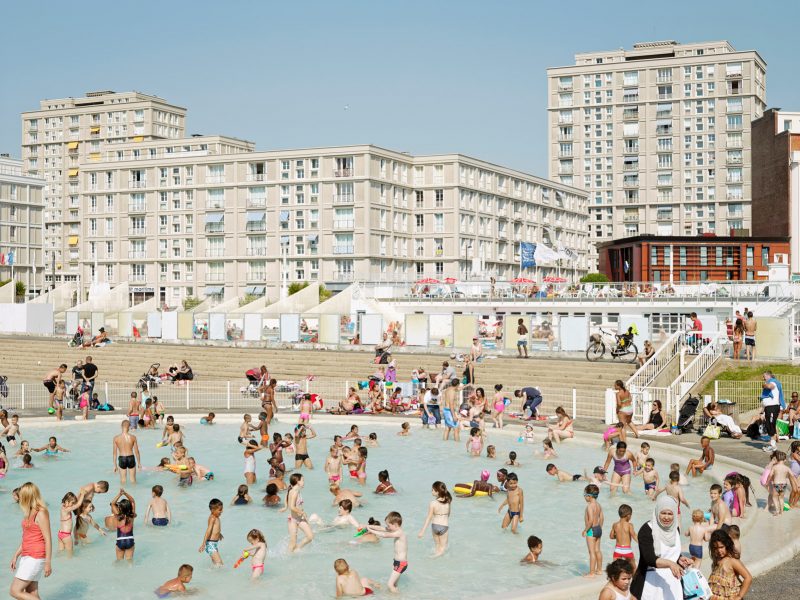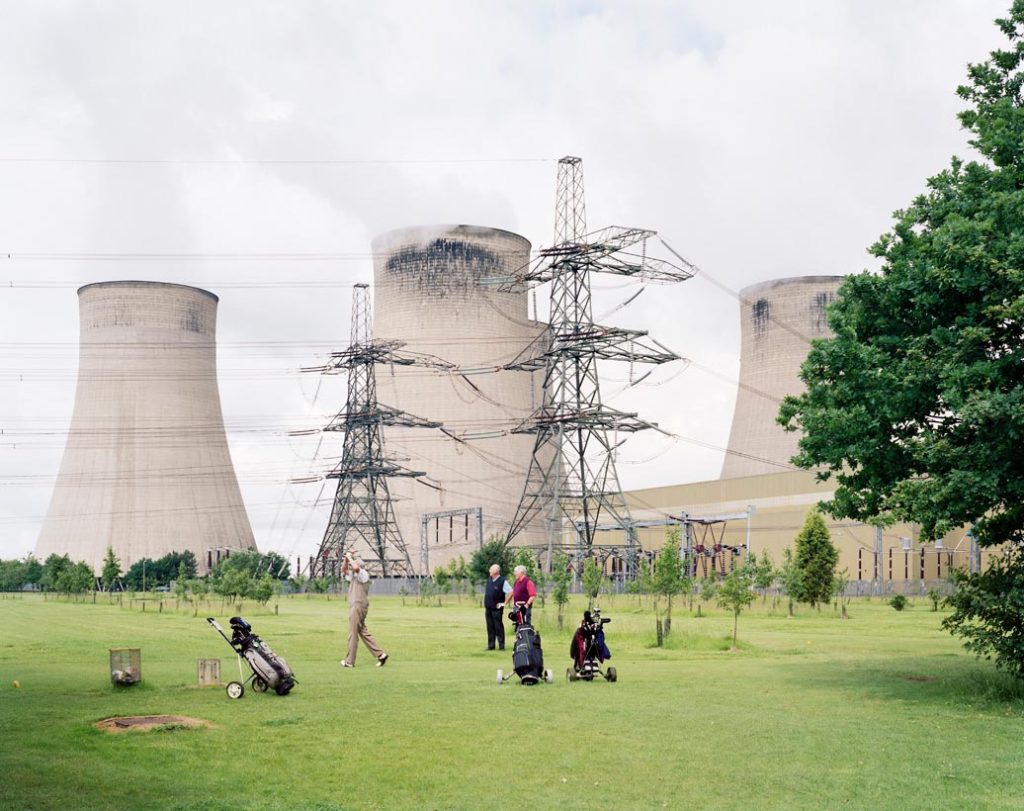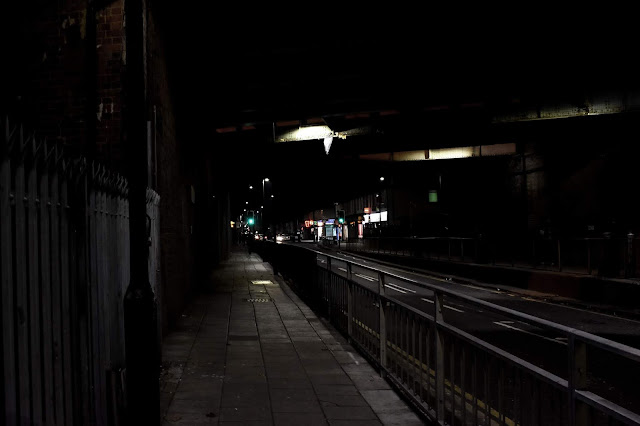Landscape photography shows spaces within the world, sometimes vast and unending, but other times microscopic. Landscape photographs typically capture the presence of nature but can also focus on man-made features or disturbances of landscapes.
Depth of field for landscape photography is an important aspect; it is created using the aperture of a camera. This determines the level/area of focus in a photo on the foreground and background. Say if a shallow depth of field was used, what is in the foreground would instinctively from the camera be put into full focus, whereas the background would end up blurred; it would also leave the photo with a light exposure. Whereas, a deep depth of field puts everything into focus and allows less light into the photo.
The depth of field is created using camera aperture, which is measured in F stops. Standard landscape photography recommends an aperture range from F8 to F11, topping out around F16 which would be a deep depth of field; this is cause it captures the whole scene in focus.
Typically additional equipment to help capture a strong landscape photo would be a tripod because to hold a still focus on everything in the shot, you need to keep the camera steady.
Research
Rut Blees Luxemburg
Luxemburg is a German urban street/landscape photographer, her well-known technique in her work is to take photos at night.

This photo of a metal crate in an empty car park presents a harsh but appropriate exposure and I personally enjoy the most out of all of Luxemburg's work. No people are involved in her work so all the focus is on the exterior world and its objects. The crate in the car park appears pointless and random; this adds a mystery to the photo that will catch the viewers attention better than if the photo was simply a car park. Furthermore, a chair and a desk are within the crate, this creates instinct confusion and fascination when viewing the photo since it's not a common thing to be set in a car park at night. The composition of the photo uses the rule of thirds, where the main focus is not actually in the centre of the photo grid, this allows the viewer to appreciate the background of the photo better; if you were to remove the crate from this photo, the photo would still own an interesting street night appearance, but the crate adds better character to the photo. Luxemburg's photos are usually slightly overexposed since its difficult to capture what she captures with such a dark setting with only harsh lights to help; she makes this work and improves the photo though, the slight over-exposure adds more depth into her street work.
Image Bank




These photos represent a style in landscape photography I enjoy besides night street work. Simon Roberts's work represents Britain culture with the use of very stereotypical British appearances of people and architecture. The composition of Roberts's work always has a higher view over everything when it comes to levels, this gives more access to the area being captured and changes the power roles when viewing the photo. Since the area is always being looked slightly down upon and captures more background, it suggests the viewer is at a higher level power wise when viewing the landscapes. I enjoy this style of landscape work since it owns a personal humour for me which I admire in any photography work when it's not typical in composition. I do not plan to recreate Roberts's work but wanted to get a perspective in the different forms of landscape photography.
Contact Sheet
Best Photos
These are my best-captured photos, untouched.
These are my best-captured photos, untouched.
Photos that require improvement
I believe these photos do not represent my landscape work the way I intended, they don't capture much background and in general, the composition is poor. For the first photo, the shutter speed is at 1/25 (this varied between 1/20-1/30 depending on the photo), aperture F8 since I didn't want to over-expose the street lights, and exposure at ISO 1600 since the settings outside were very dark. My main issue with this photo is its composition, this doesn't appear as a landscape photo or even street work to me. I believe this because there isn't really any landscape/background capture, the focus seems to only be the sculpture slightly off centre in the photo grid. If I were to retake this photo, I'd try to get to higher ground and shift my angling so more of the background is captured.
For the second photo, the shutter speed is at 1/25, aperture at F8, and exposure at ISO 1600. Just like with Luxemburg's work, her photos were slightly blurred due to the lighting, which is the same case with mine, so this shouldn't be too much of an issue, but out of preference, I wish this photo was less grainy. The composition of the photo is also bland, not much background is visible or that intriguing of an area. If I were to retake this photo, I'd reposition where I was since it seems anything interesting was blocked off, I'd also attempt to get to higher ground since I feel more could be captured if I was.
AO3: Record ideas, observations, and insights relevant to intentions reflecting critically on work and progress.
My Ideas
My intentions for capturing landscape was conflicting at first, since both Luxemburg's and Roberts's work I enjoy highly, but are both so different in style. I felt I'd excel and enjoy a darker aspect of landscape work by capturing night street appearances, which have felt successful. I believe my photos have met my intentions to recreate Luxemburg's work with my interpretation, my one issue is the struggle of exposure with this work since such dark settings are difficult to capture well, I feel with practice though this can be mastered.
Reference to my best photos
The first photo of the Harlow Bus station was inspired by 'a weekend in the city' by Luxemburg where she captured a car's light stream, created a suggestion of travel, similar to the bus station. I enjoyed the entire composition of this photo, the car park levels and building reaching the top in the background adds more to the area of the photo. The glow of the street lights also adds a more warm effect to the photo, which I intended for.
The fourth photo of the leading lines of the road was inspired by her well-known photo of the motorway and a tennis court next to it. Obviously, the composition of mine is completely different to Luxemburg's, but the idea of capturing roads and the cars was fascinating to me. The street lights and signs create a leading effect in the centre of the photo which creates a natural depth.
The last photo of the pillars was inspired by the tunnel photo by Luxemburg. The street lights and road in the background add to the landscape while the main focus is the tunnel creation leading down the photo. The lighting owns a yellow hue creating a warmer and mosaic appearance.
AO2: Explore and select appropriate resources, media, materials, techniques, and processes, reviewing and refining ideas as work develops.
Use of Camera
I used a Nikon D3400 DSLR camera for every photo taken, I should've used a tripod when capturing these photos, but decided against; using it would've definitely improved the detailing of my work. Besides that, the camera was set to manual mode, with the settings: Shutter speed, varying from 1/20 - 1/30 depending on the amount of light in the photo. Aperture, F8 since I didn't want my photos over-exposed, I think I should've probably brought it up so the photos could be more clear in focus though. Exposure was at ISO 1600 since it best suit the dark settings around.
Final Pieces
Since my inspiration is from Rut Blees Luxemburg, and her work owns a warm tone to all her photos, I needed to enhance the saturation and depth of my photos.
Firstly, I added an adjustment layer of 'Hue/Saturation', on the 'Master'setting, slightly increasing the saturation and lowering the lightness for a bit more depth.
Then changing the 'Master' setting to the 'Reds', enhancing the saturation for a warmer photo appearance, I also did this with the 'Yellows'.
With the other settings, If I felt it was appropriate, I would either increase or decrease the 'Greens', 'Cyans', 'Blues' and 'Magentas' since they don't necessarily create a warmer atmosphere.
After that, I added an adjustment layer of 'Levels' so I could add more depth to the shadowing and lights in the photo.
AO1: Develop ideas through sustained and focused investigations informed by contextual and other sources, demonstrating analytical and critical understanding.
My landscape inspiration has been mainly focused on Rut Blees Luxemburg's work, her night set street work owns an alternative view on landscape photography and I typically lean more towards alternative photography styles. Landscape work captures the world as how the photographer visualises it; this is called visualisation. This topic has helped me understand better use of my camera for outside work for the future.
AO4: Present a personal and meaningful response that realises intentions and, where appropriate, makes connections between visual and other elements.
I believe my final pieces for landscape meet my interpretations of Rut Blees Luxemburg's work. They own a warm atmosphere while in a dark street setting. These are my final pieces for landscape.
Remastered

































No comments:
Post a Comment